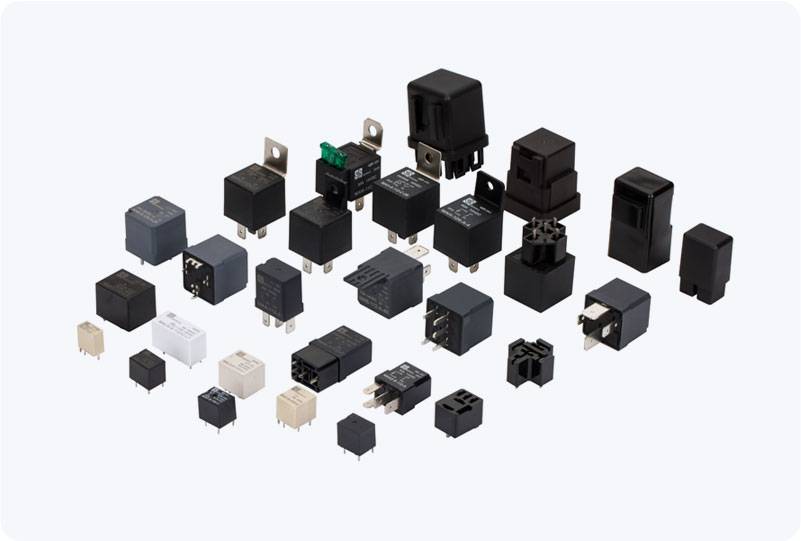High Current Relay (HCR) is an essential component in electrical systems that require switching of high-power electrical circuits. These relays are designed to manage large amounts of current and provide safe, reliable, and efficient switching in various industrial and automotive applications. In this article, we will explore the working principle, key features, applications, and considerations when choosing a High Current Relay.

What is a High Current Relay? A High Current Relay is an electromechanical or solid-state device used to control the switching of high current electrical circuits. Unlike standard relays, which are often used for lower current applications, high current relays are built to withstand higher electrical loads, ensuring that electrical systems function safely and reliably. These relays are used to control the flow of electricity to large equipment or machinery, including motors, HVAC systems, industrial machines, and even automotive circuits. Working Principle of a High Current Relay The operation of a High Current Relay is based on the same principles as regular relays. In a typical electromagnetic relay, when the control coil is energized, it creates a magnetic field that activates a mechanical switch to open or close the contacts. This enables or disables the power supply to the load.